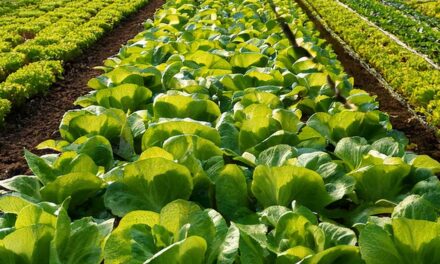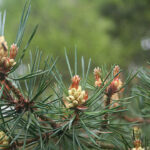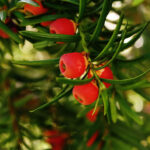
Norway Spruce Christmas Tree: The History and Traditions

The Norway Spruce, with its lush, evergreen needles and classic conical shape, is a beloved symbol of Christmas. This majestic tree has a rich history and cultural significance. In this post, I’ll explore its origins, botanical features, and the role it plays in holiday traditions. We’ll also touch on why it’s such a popular choice for Christmas trees and how you can care for one in your own home.
History and Origins of the Norway Spruce
The Norway Spruce (Picea abies) is native to Northern, Central, and Eastern Europe. It thrives in cold climates, making it perfect for the regions of Norway, Sweden, and Finland. The tree has been an integral part of the European landscape for centuries. Its timber was highly valued, used in construction, ship-building, and even paper production. Additionally, its bark and needles were used for medicinal purposes, further contributing to its importance in early cultures.
The Norway Spruce’s link to Christmas began in the 19th century. Before then, people celebrated the winter season by decorating trees with candles, fruit, and other ornaments. As the tradition spread across Europe, the Norway Spruce was chosen for its symmetrical shape and strong branches, perfect for displaying festive decorations. By the mid-1800s, it became a standard Christmas tree in many parts of Europe and, eventually, in the United States.
Botanical Features
The Norway Spruce is easily recognized by its tall, slender shape. In the wild, it can reach over 50 meters, but in gardens or as a Christmas tree, it typically grows to between 10 and 20 meters, making it ideal for home display. The needles are a deep green, stiff, and sharp, with a characteristic fragrance that fills the room when the tree is brought indoors. Its branches are arranged symmetrically, making it a stunning focal point when decorated with lights and ornaments.
The Norway Spruce also produces long, hanging cones that are a hallmark of its winter appearance. These cones, which range in size from 10 to 20 cm, add a unique element to the tree’s beauty during the colder months. The tree’s rapid growth and ability to thrive in a variety of climates have made it a popular choice not just for Christmas trees, but also for reforestation and landscape planting in many parts of the world.
Why Choose Norway Spruce for Christmas?
The Norway Spruce’s popularity as a Christmas tree is due to its versatility. Its dense, robust branches can support heavy ornaments, and its triangular shape provides a striking silhouette. When decorated with lights, it creates a beautiful, festive display. The Norway Spruce’s aroma is another reason it is so highly prized. Its fresh, woodsy scent fills the home, adding to the seasonal ambiance and creating a warm, nostalgic atmosphere.
While it’s a favourite in many households, the Norway Spruce does have a few downsides. It tends to shed its needles more quickly than other trees, such as the Nordmann Fir, which can be a challenge for those who want their tree to last longer. The needles, however, are short and soft, so cleanup is generally easier compared to some other types of Christmas trees. To prolong its freshness, it’s important to keep the tree well-watered, place it away from heat sources, and avoid drafts that could dry it out prematurely.
Norway Spruce and Christmas Traditions
The Norway Spruce’s connection to Christmas traditions spans centuries. It was first popularised in Germany, where the custom of decorating a tree for the holiday season took root. By the 16th century, Germans had begun bringing trees indoors and adorning them with candles and ornaments. It was during the 19th century that the Norway Spruce became a symbol of Christmas in many European homes.
In the UK, the tradition of the Christmas tree was solidified when Prince Albert, Queen Victoria’s husband, introduced the Norway Spruce to Windsor Castle in 1841. The image of the royal family gathered around their decorated tree soon became a symbol of holiday cheer. This iconic scene was widely publicised and helped to popularise the practice of decorating Christmas trees across Britain and beyond.
In many parts of Europe, the Norway Spruce remains a central feature of Christmas celebrations. Major cities such as Oslo, Stockholm, and Berlin often erect massive Norway Spruce trees in town squares, where they are adorned with thousands of lights and festive ornaments. These trees have become focal points for Christmas markets and public events, creating a magical atmosphere that brings communities together. The tree’s timeless beauty and deep-rooted connection to holiday traditions make it a beloved part of the Christmas season in cultures around the world.
The Norway Spruce is more than just a Christmas tree. With its rich history, striking appearance, and cultural significance, it remains a cherished part of holiday traditions. Whether you choose it for its festive beauty or its environmental benefits, the Norway Spruce adds charm and tradition to the Christmas season. Whether planted in your garden or displayed in your home, this timeless tree will continue to bring joy for years to come.















